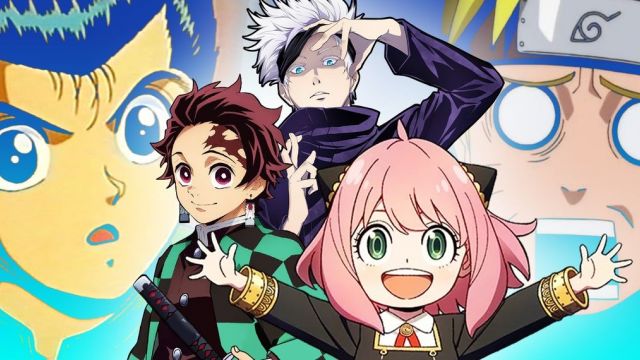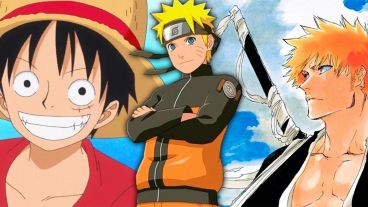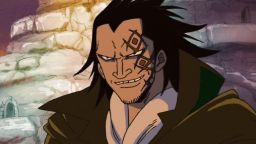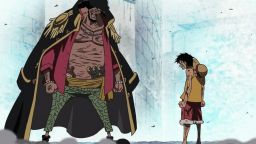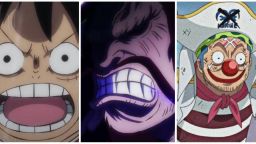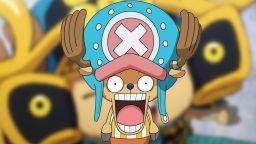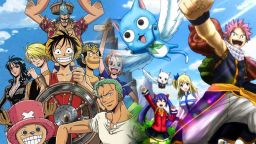The Japanese anime industry has a rich history dating back many decades, undergoing various transformations and evolutions as generations have passed. Initially drawing inspiration from Disney animation, Japanese anime gradually carved its own identity, giving rise to unique genres like mecha anime and isekai, which are now closely associated with the medium. Throughout the 20th century, these factors, among others, contributed to the greatness of anime. However, it was in the 21st century that anime truly ascended to new heights.
Delineating between classic anime series and modern ones can be somewhat ambiguous, though the original shonen big three served as a general demarcation between these eras. As time has progressed, distinguishing modern anime from its classic counterparts has become more apparent. Present-day titles like "Jujutsu Kaisen" and "Bocchi the Rock!" stand in contrast to classic gems like the original 1970s "Gundam" anime and the 1990s shojo series "Sailor Moon." Each era possesses its own merits, yet modern anime series enjoy distinct advantages rooted in cutting-edge technology and the ever-changing societal attitudes toward fictional media.
Modern Anime Has Better Production Values
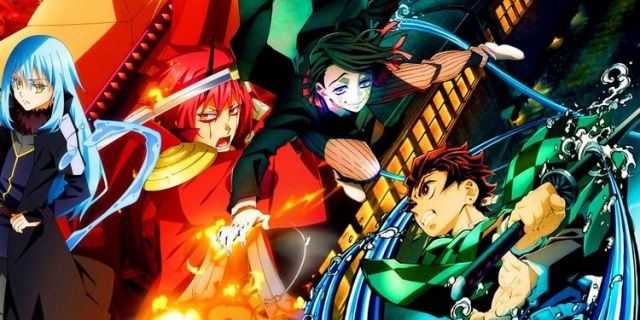
Over time, both Japanese and Western animation studios have made remarkable improvements in their techniques, embracing modern technology like computers and high-definition visuals. Some older anime series have aged remarkably well, like "Neon Genesis Evangelion," which boasted groundbreaking visuals in the 1990s that still hold their own against some contemporary anime series. These older shows deserve credit for pioneering eye-catching animation techniques and visual styles, laying the foundation for modern anime. However, the rapid advancement of technology means that even in just two decades, many of these anime series may appear outdated to younger fans accustomed to the likes of "Demon Slayer" and "Attack on Titan."
The older anime series did their best with the resources available to them, but they can't quite match the slickness of modern anime that genuinely push the boundaries of animation techniques and production. Every aspect of making Japanese anime has evolved significantly from the 1990s to the present day, thanks to advanced sound recording systems, computerized animation, high-definition screens, and more. Even classic anime gems like "NGE" struggle to rival the animation found in series like "Demon Slayer" and "Jujutsu Kaisen," with studios like UFOtable and MAPPA earning well-deserved praise for their extraordinary efforts in this field. Utilizing computers and 2-D images, modern anime can deliver incredible visuals with seamless fluidity, capturing action from thrilling and visually stunning angles as the camera moves dynamically.
These modern production values extend beyond visuals to sound as well. Present-day anime series boast more realistic and diverse sound effects, replacing the artificial-sounding punches, whooshes, and gunshots of old with a treat for the ears. This heightened sound quality enhances immersion and eliminates the cartoonish artificiality of old sound effects, some of which may now seem unintentionally humorous to contemporary viewers. The sound revolution in modern anime also includes voice acting, not just through better microphones for clearer audio but also with more skillful English dubs for Western fans. The once-notorious issues of unconvincing tonal inflections, awkward phrasing, and poor lip-sync work have improved significantly, bringing dubs closer to the quality of the original Japanese audio. While many Western fans still prefer subtitled Japanese audio, those who enjoy dubs can now appreciate voice work that bridges the gap with the original language track.
Modern Anime Is More Accessible Than Classic Anime
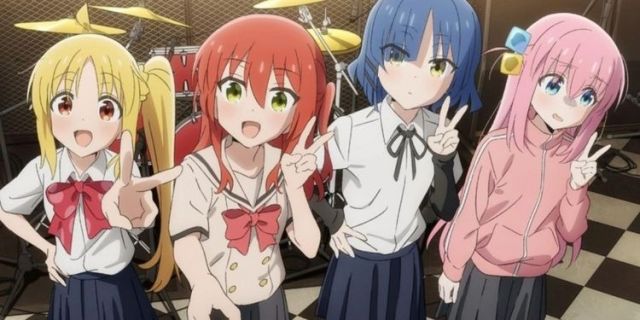
Modern anime series offer more than just improved animation and voice acting – they have also become easily accessible to interested viewers, especially those in the West, who can now enjoy these captivating shows with ease. Both Japanese and Western anime fans benefit greatly from the increased availability of anime, thanks to online streaming and Blu-Ray DVD sales.
This accessibility is particularly significant for Western fans, who rarely had the opportunity to watch Japanese anime on broadcast TV in the 20th century. Back then, anime was mostly available on VHS, and fans often resorted to bootleg copies to satisfy their hunger for anime content. However, in the Internet age, modern anime has become readily available to Western fans.
Today, fans can find DVDs and Blu-Ray releases of their favorite series in physical stores alongside other DVDs. Online retailers like Amazon.com and Rightstufanime.com also offer a wide selection of anime titles. Most importantly, Western anime enthusiasts can access dedicated streaming platforms solely focused on Japanese anime, with Crunchyroll and HIDIVE being the leading contenders. These platforms boast an extensive library, featuring hundreds of series and thousands of episodes each. While some older anime series are also available for streaming, they are in the minority, as streaming was nonexistent during the time of 1980s and 1990s anime.
Moreover, more mainstream streaming platforms such as Netflix, Hulu, and Amazon Prime Video have stepped up to support newer anime series, increasing the visibility of anime for new fans. Netflix, in particular, has made a deliberate effort to expand its anime offerings in recent years and boasts an array of exclusive anime series in its catalog. This broader accessibility has made it easier than ever for Western audiences to delve into the world of captivating modern anime.
Modern Anime Series Have Better Representation & Variety Among Characters
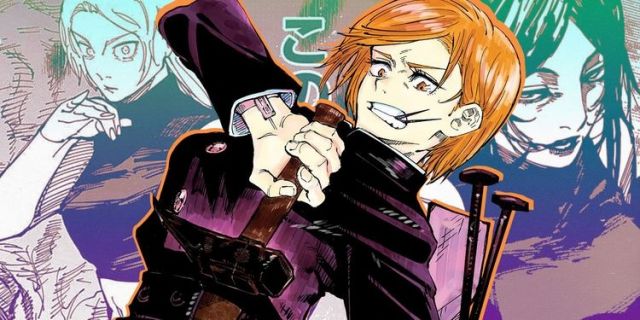
Modern anime doesn't only have better production values and distribution methods to present these stories, but better content in those stories, too. In anime from the 1990s and earlier, and even some early 2000s anime, the character designs often followed familiar routes that weren't so ideal after all. Some older series did feature a creative variety of protagonists and groundbreaking character models, but overall, it's modern anime that has better representation for fans to enjoy. More than ever, modern anime boasts a dazzling variety of characters who can appeal to any fan, and reinvent or discard aging archetypes for good.
A major example is female representation. Though this trend has been slow and inconsistent at times, the anime industry is going in the right direction and features strong, inspiring, nuanced, and substantial female characters, and not just in shojo anime. It's true that Osamu Tezuka's works had some impressive female leads, and Sailor Moon helped launch the empowering magical girl genre. Still, many older series trended toward having cheap, token female characters who were either someone's obligatory girlfriend or a damsel in distress.
Aside from hiccups like Lemon Irvine in Mashle, modern anime series are ushering in a new era of stronger and better girls who are true counterparts to their male friends. Examples range from Ochaco Uraraka in My Hero Academia to Nobara Kugisaki in Jujutsu Kaisen and, in a subversive way, the horned fiend Power from Chainsaw Man. Power gleefully breaks all the rules for what typical anime girls should be, crudely but honestly being her true self as an antihero with inexplicable appeal as a bizarre waifu. Characters like these prove that stale 20th century shonen conventions of emotionally stunted tough-guy heroes and eye candy girls who get captured by villains are long since over, and it's entirely for the better.
